
Luke Mason
-
Posts
306 -
Joined
-
Last visited
Content Type
Profiles
Forums
Articles
Posts posted by Luke Mason
-
-
14 minutes ago, squig said:
The upside to tungstens is they're cheap. The downsides: they're power hungry, hot, and a bit fragile. You have to be weary of single phase power loads, something I've never had to think about with LEDs. When you factor in the cost of bulbs, LEDs work out cheaper over the life of the fixture. LEDs are also a lot easier to work with on location running off v-mounts instead of generators.
@Liam The first lights I ever bought were a few $10 handheld work lights from a hardware store and an assortment of daylight and tungsten CFL globes up to 24w. I also bought a 2x 500w tungsten worklight for about $50. The standard bulbs are too warm, but you can buy 2700k bulbs for them. Ikea have some cheap fixtures and high CRI LED bulbs; you can use them as practicals too.
CMOS sensors love daylight balanced source, almost all digital cameras have a native sensor white balance of 5000K-5500K, they have the best colour/SNR performance under daylight. At NAB/Cinegear Pro/IBC, a lot of DOPs are saying that the future of cinema lighting will be daylight balanced LED.
-
-
2 hours ago, DBounce said:
The mount is exactly the same on both cameras, so not sure what you mean by "compatibility with with Canon Cinema glass". I noticed no incompatibility when I used the Canon CN-E 24mm T1.5 L F Cine Lens on mine. As for the heat sink, it's exactly the same one that was in the 1DC.
Internal "juju"? Seriously? Now you're just making $h!t up.
The real difference is c-log. Add that via a firmware update to the 1DX Mkii and the DR will blow the 1DC out of the water, as the 1DC shared the same senor with the older 1DX Mk1. Doubt the validity of what I'm saying? Here is a Cinema5D article that addresses the internal difference of the 1DC vs the 1DX Mk1. After much research Canon responded with the details regarding the hardware differences between the two models. As you will see, the 1DC does in fact share the exact same previous generation sensor from the 1DX Mk1. And as test have shown the 1DX Mkii redesigned sensor easily best all prior Canon sensors.
Without C-log: 1DX II has noisier shadow than 1DC/1DX (in Prolost flat profile)
With C-log: If C-log comes to 1DX II, it will have the same DR as 1DC in C-log mode, due to 8bit M-JPEG engine, Canon Log2/3 cannot be implemented as they were designed for minimum 10bit quantisation. Therefore, the original C-log which was designed for 8bit has to be used, which has about 12 stops DR. In other words, even if its sensor had 16+ stops DR in RAW stills mode, video DR will be capped as it is governed by a 8bit gamma curve.
-
Just now, TheRenaissanceMan said:
We were discussing its stills capabilities.
My understanding was that DR was identical for photos, and the 1DC had the edge in video because of C-LOG.without C-log, 1DX II has more chroma noise in the shadow compared to 1DC when shooting Prolost Flat profile.
-
20 minutes ago, TheRenaissanceMan said:
Every hands on test I've seen shows no meaningful DR improvement from the 1DX to the Mark II, regardless of Canon's intent. If I've missed one that shows otherwise, I'd be pleasantly surprised to be wrong.

1DX II has worse DR than 1DX/1DC in video mode
-
F3 in 2016
In: Cameras
8 minutes ago, BenEricson said:Agreed, the fs700 is an insane deal.
Im curious how much you have shot with the fs700/7q? My work recently went from the fs700/7q to the c300ii.
I will tell you that the f3 color wise is in a completely different league than the fs700. It is much more comparable to the red/c300ii than the fs700.
If you shoot extreme sports, event videos etc, fs700 is probably great, but wouldn't be my first choice if I shot a lot of interviews and certainly not narrative work.
i just bought the f3 for a project over the summer and I so happy with the results. The black magic cameras are also great, but the image seems more fragile, more noise, the color isn't as good, and the IR/ND situation will drive you nuts.
That being said, fs700/7q is hands down the best deal right now for a 4k setup. Go for the F3 if you want superior color.
One thing to note about FS700/7Q combo is that FS700 output a "unique" SGamut thats different than all other Sony cameras, especially the red primary. So colour grading FS700 material becomes a demanding job (you can't use standard SGamut to Rec709 LUTs).
-
-
1 minute ago, OliKMIA said:
DPR just posted the review and they notice a "significantly improved dynamic range". Again I've not tried it.
https://***URL removed***/products/canon/slrs/canon_eos1dxii
Of course, the point is that I would choose the 1Dx2 over the 1DC anytime especially when the price difference is so "small". 5k for the 1Dc and 6k for the 1Dx which brings 4k/60p, Dual Pixel, better DR according to DPR, etc.
Now if the 1DC gets around 3k, I would reconsider.DPR is talking about RAW stills. Video DR is completely different story.
See this review:
Basically, 1DX II is noisier in the shadow than 1DC in video mode.
-
-
21 minutes ago, IronFilm said:
Why the obsession with so called "FF"?? Most of the blockbosters are shot with S35/APS-C, it is the standard, not FF.
Large sensor capture is gaining momentum, quite a few blockbusters were shot on Alexa 65, that's bigger than FF, also RED Dragon were used a lot on productions.
-
25 minutes ago, Jaime Valles said:
It works! I just pressed a button at the 28 minute mark and it kept going longer than 30 minutes! Already at 40 minutes and counting!
I thought the whole purpose of long form recording is the ability to leave the camera unattended and focus on framing/audio etc. Now you have to remember to press a button every 30min...
-
32 minutes ago, lafilm said:
Snowfun, you're getting some wrong info here. Let me give it to you straight.
if you want a dedicated low-light cam, you must go with the A7s ii.
The Canon 1D C is more 'Filmic' in my opinion, however there is quite a bit of noise on the 1D C by 4000 -5000 ISO (enough to denoise).
I've seen this personally on 2 separate 1D C's. This is a fact on all settings, including C Log.
Even the DP famous for his dslr cinematography, Shane Hurlbut, said you can use the 1D C to 4000 iso for web, however for big screen do not go over 3200 ISO.
As far as the Sony A7s ii, you can go up to 8,000-10,000 (depending on settings - no S-Log here) with very minor denoise, if any at all.
For any footage you want super clean, you will have to denoise A7s ii footage after 12,800.
Still, much better in low light than the 1D C. (you will spend mucho time color timing it).
1D C looks much better if you're going for a 'filmic' look with proper colors. (below 5000 ISO)
Hope this helps.
Their high ISO performance are quite similar, A7S II has internal noise reduction that can't be completely switched off, giving an impression of "cleaner" look.
-
10 hours ago, Jaime Valles said:
Really? I didn't know this. Could you or anyone else with an external recorder and a 1DX II test if you can record longer than 30 minutes? I was about to puchase an Atomos, but not if it won't let me shoot long takes.
Someone over at Canon Rumors already did that, 30min max before liveview shuts off. If you really want continuous long recording, 1DC is the best choice (12 hours max).
-
Atomos recorders work very well for long continuous shooting, BUT 1DX II exits liveview every 30min (even when you're not recording) and cuts off HDMI signal, so the longest recording time you get is 30min on external recorder.
-
2 hours ago, squig said:
I expect the Mark 4 to be as radically different as the Mark 3 was from the Mark 2: a one stop high ISO noise improvement, highly compressed 4k, and maybe slightly higher dynamic range. MJPEG and cLog would be nice but unlikely.
4K will almost definately be M-JPEG, since the liveview buffer is in JPEG format.
-
-
Can the cooling fan on X5R wake the dead?
-
Movcam makes a 1DC cage as well, it's much cheaper and it is the only one that uses the locating pin hole underneath the 1DC to eliminate twisting.





-
On 15/07/2016 at 2:42 PM, anto said:
hi, where I can find some original 4k 305Mb C-log footage to download?
also 4k 10 bit prores....
this camera is very nice... the only problem for me is the dynamic range, not large like c100 or other canon cinema cameraDR is the same at about 12 stops.
-
-
-
-
You need to look at the "Screen" tab on DXO measurements, which gives 12.8 stops at lowest ISO.
13.5 is derived after downsampling full 20MP raw still to 8MP using DXO's proprietary algorithm, usually with downscaling, you gain 0.5 stop/3dB of DR in shadow region every time you half the amount of total pixels.
-
14 hours ago, Liam said:
That's pretty expected.. That's what you can get from the shadows from jpegs off any canon dslr. Is c-log really not much better?
C-log has better highlight roll-off and a different, more cinematic colour science (deeper blue/cyan), plus you need C-log for integration in professional colour managed workflow, such as ACES.

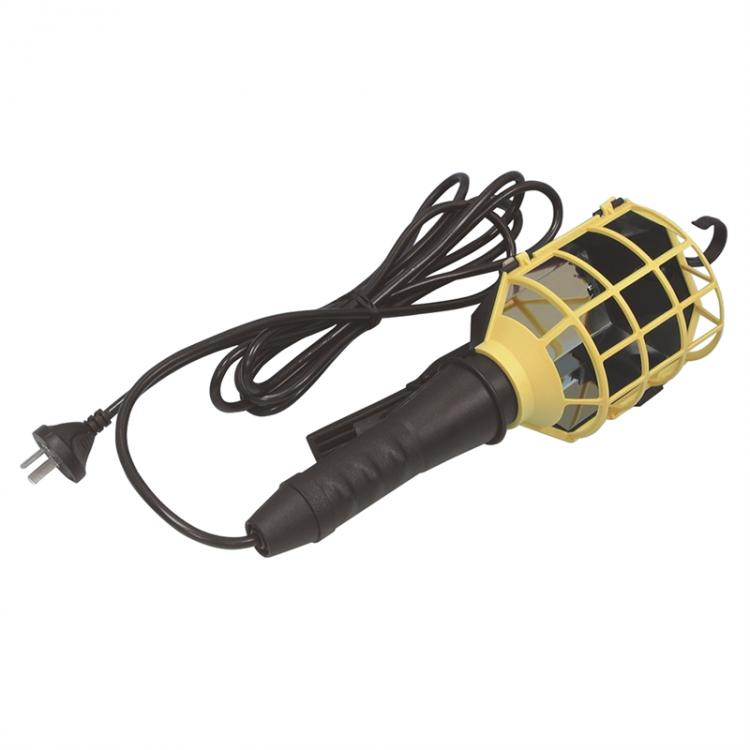
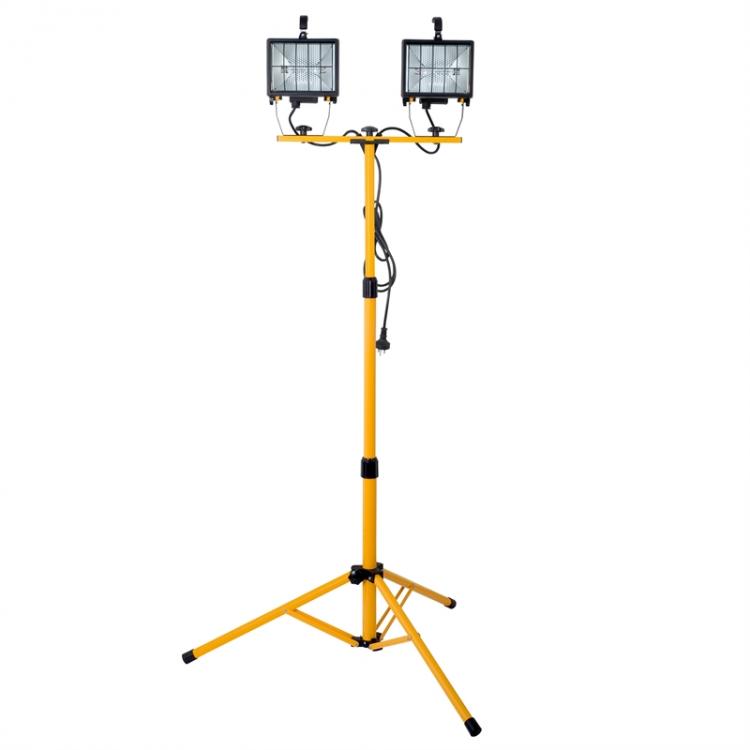
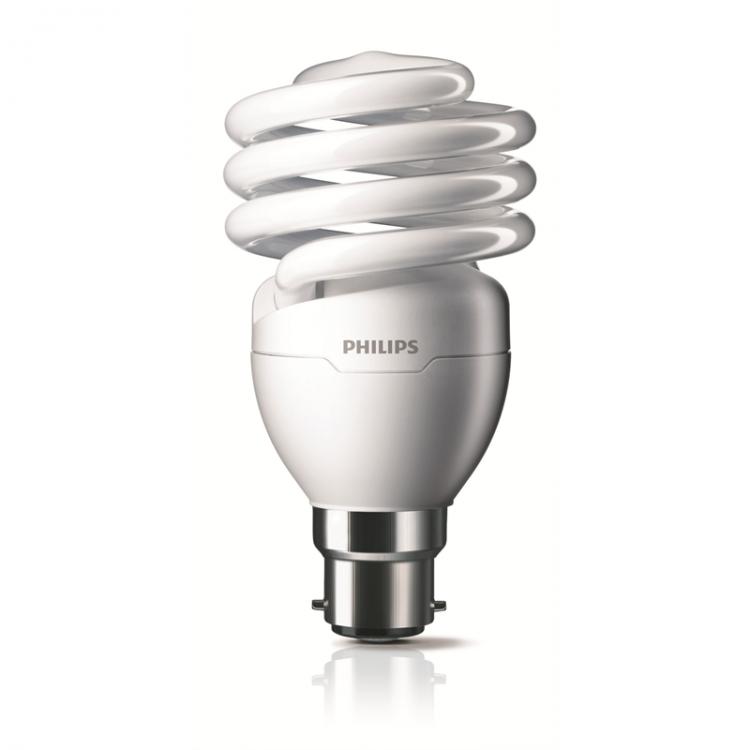

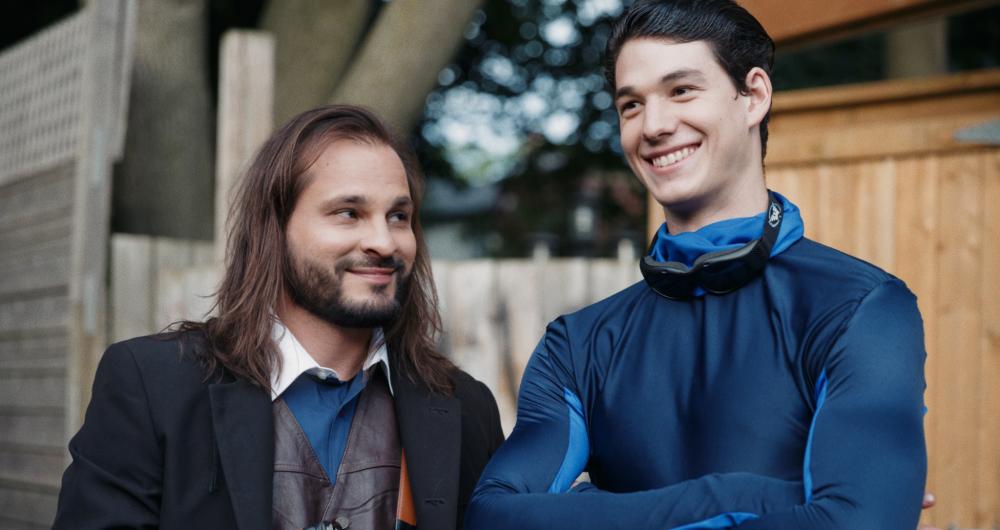
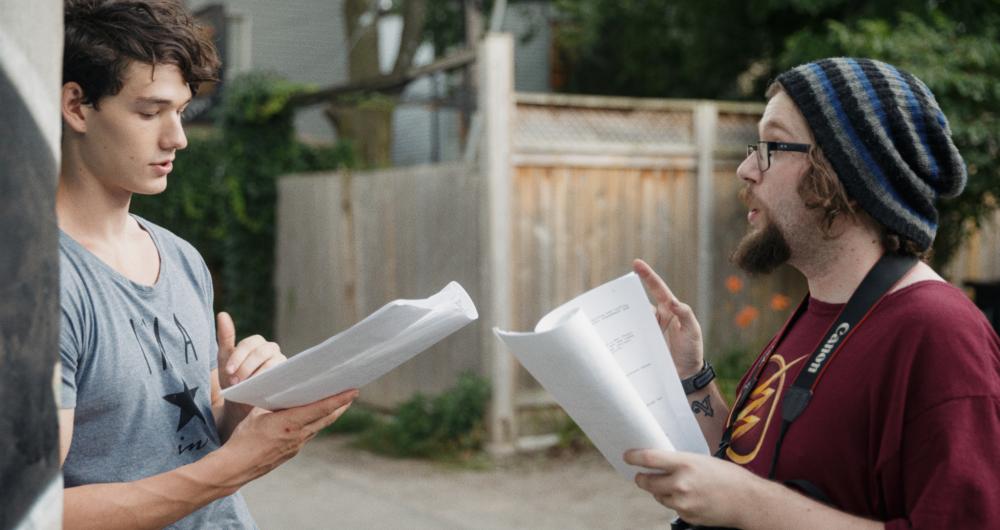

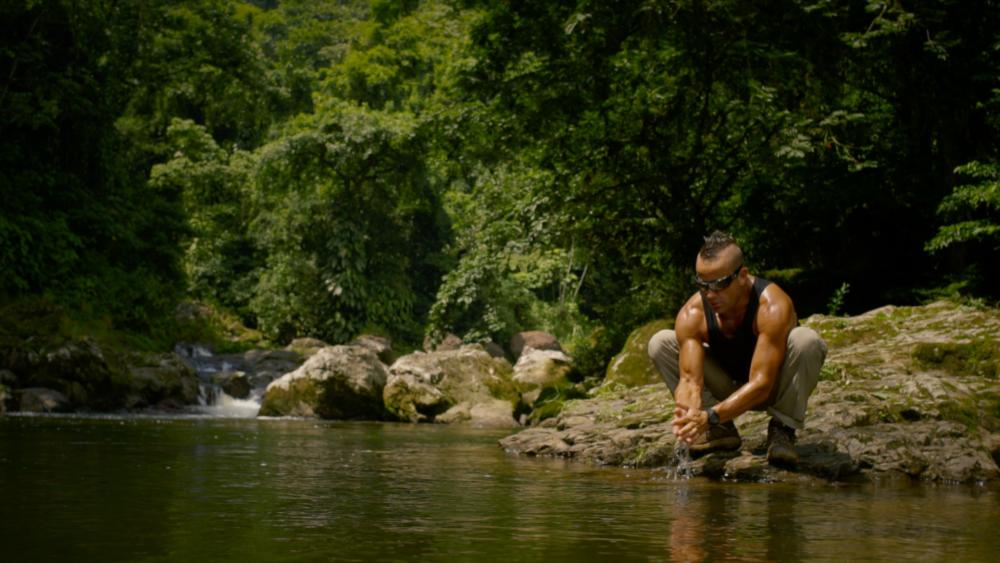
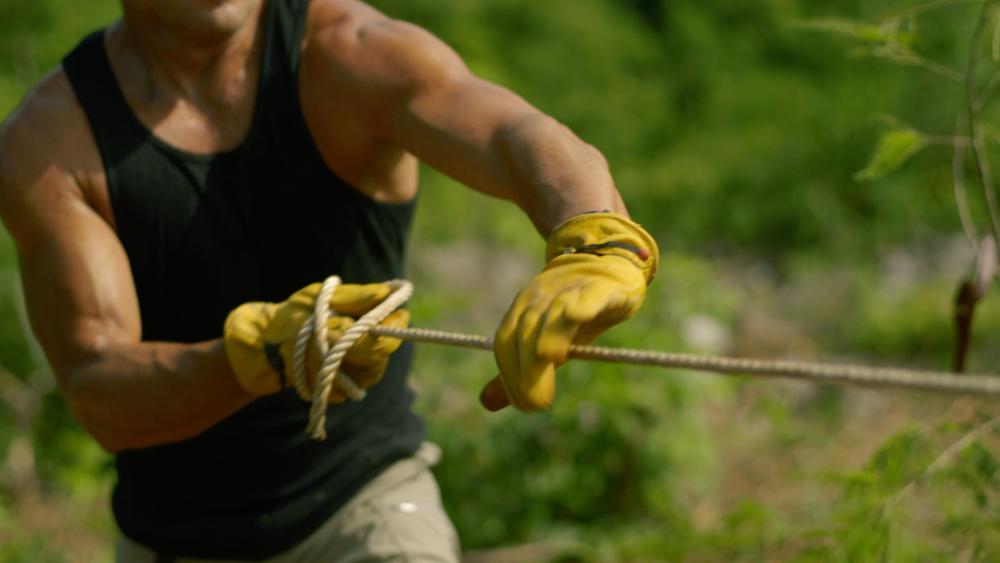
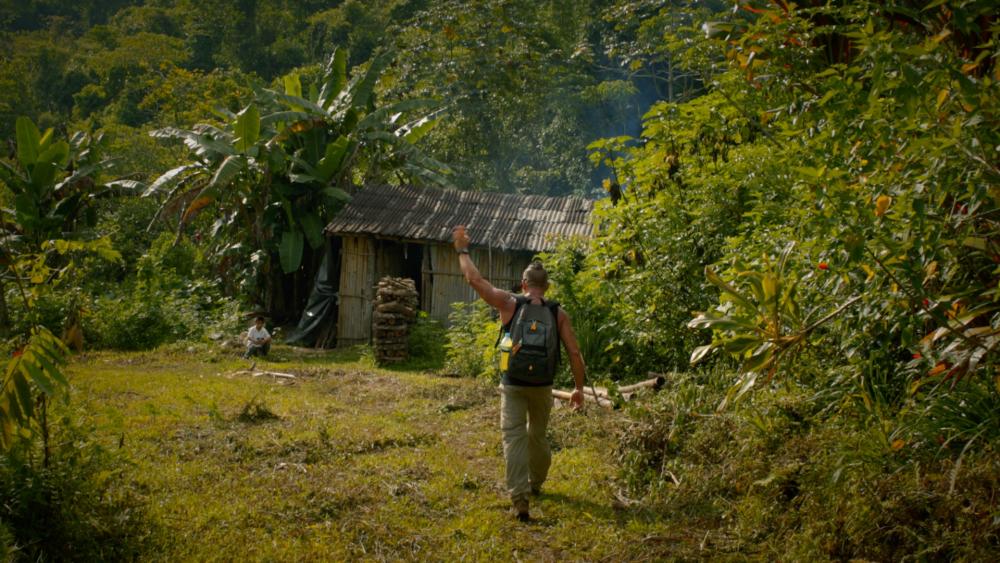
Proud of eos mods
In: Cameras
Posted
I'd avoid using CFL lights, even the professional ones like Kino Flo have visible green spike, their TLCI values are mediocre.
Here's an amazing database of good quality LED lights:
http://indiecinemaacademy.com/complete-led-color-database-cri-tlci-cqs-tm30-15/